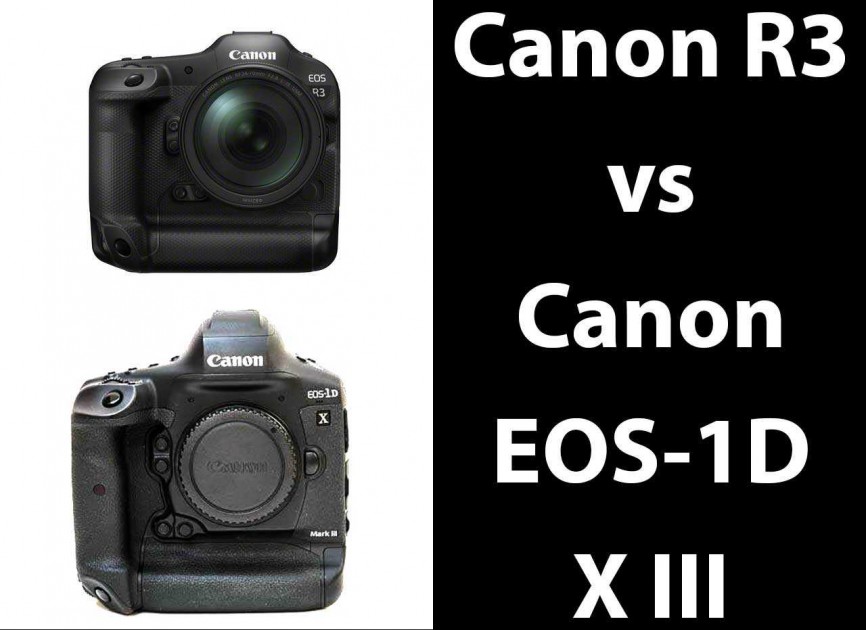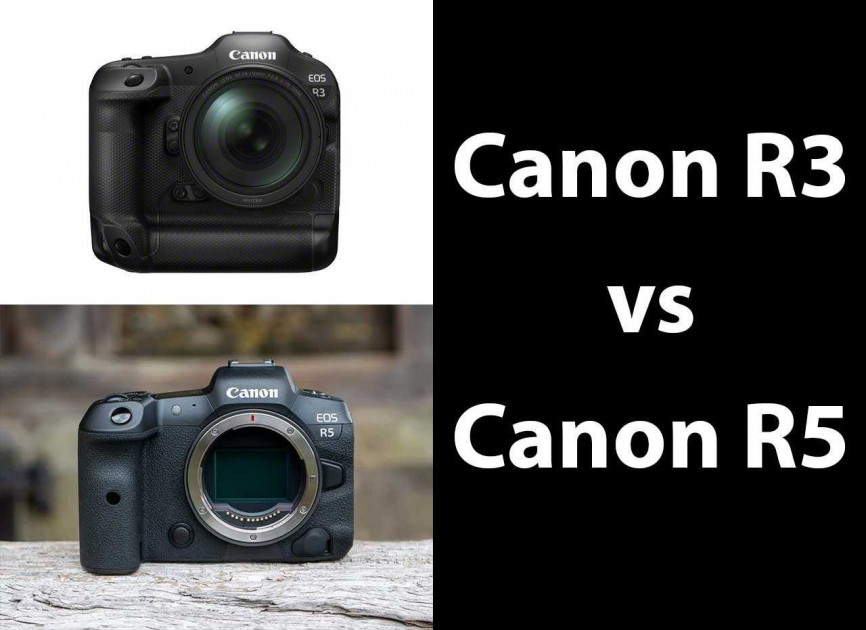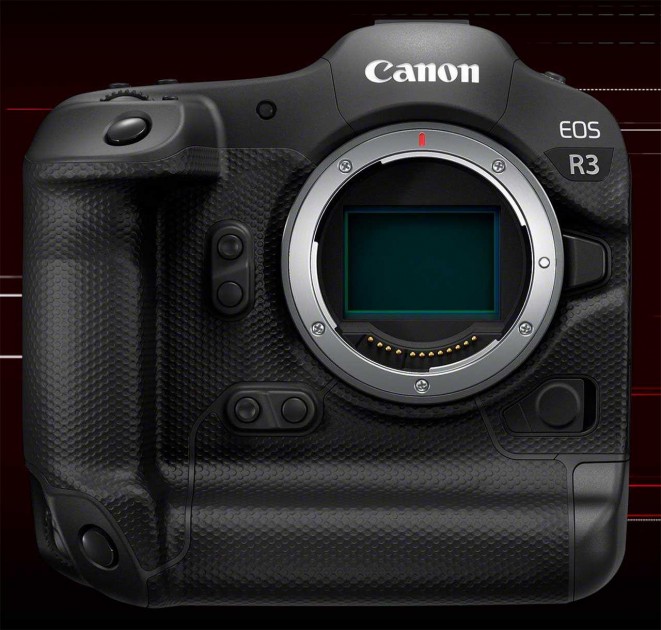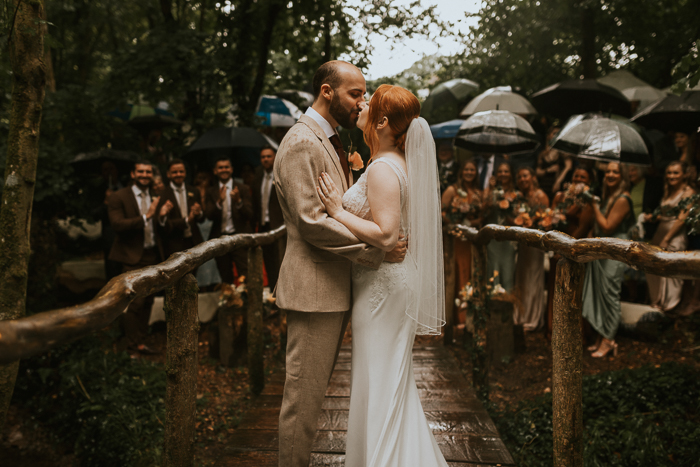

The EOS R5 was one of the hit cameras of 2020, and now Canon have followed up on that success by launching a new flagship mirrorless camera called the EOS R3.
At first glance you’d be hard-pressed to tell it apart from the same company’s range-topping DSLR camera, the EOS-1D X Mark III, and indeed the Canon R3 mirrorless and the 1D X III DSLR actually share quite a lot of similarities, so which one should you pick?
We’re bringing you this in-depth Canon R3 vs Canon EOS-1D X Mark III head-to-head comparison to help you choose between these two flagship 35mm full-frame cameras.
Sensor and Processor
The EOS-1D X Mark III has a 20.1 megapixel full-frame CMOS sensor and the very latest DIGIC X image processor, a combination that’s built for speed.
The R3 ups the ante considerably, though, by being the first ever EOS camera to use a Stacked, Back-Side Illuminated (BSI) CMOS sensor in combination with the same DIGIC X processor.
Canon haven’t yet revealed how many megapixels the EOS R3 will have, but the new stacked sensor potentially promises better low-light performance at like-for-like ISO speeds and faster performance than the conventional CMOS sensor used by the EOS-1D X.
ISO Speed
The native sensitivity range of the Canon EOS-1D X Mark III runs from 100-102,400, which can be expanded to ISO 50-819,200.
The ISO range of the Canon R3 has not been revealed yet.
Video
The 1DX Mark III is capable of internally recording DCI 4K video at 60 fps with 10-bit 4:2:2 color and Raw 5.5K video, plus there’s also Full HD recording up to 120fps.
We’d expect the Canon R3 to at least match the cheaper R5 by offering the same 8K internal video recording up to 30p (non-cropped) in 4:2:2 10-bit Canon Log (H.265) or 4:2:2 10-bit HDR PQ (H.265), in addition to 4K video at up to 120p, which is markedly better than on the 1D X.
Autofocus
The Dual Pixel CMOS AF system that’s used on the 1D X III when shooting video or in Live View features 3,869 autofocus points with 525 automatic positions.
The new Canon R3 will use a “next generation” version of Dual Pixel CMOS AF which will offer better tracking and focusing than any other EOS camera to date, which presumably includes the 1D X, no mean feat given that camera’s superlative focusing system.
Canon have stated that “it will add a new subject (yet to be disclosed) to the camera’s AF tracking.” which may be a dedicated Bird-eye AF mode.
It’s also resurrecting the innovative eye-control AF function from the 1990’s era EOS 3, 5 and 50 film SLRs.This will allow you to select the AF point simply by looking at it through the viewfinder!
Burst Shooting
The Canon EOS-1D X Mark III can capture images at up to 20fps in live view or 16fps with the viewfinder and the buffer allows Raw and JPEG bursts of up to 1000 frames.
If you want even faster burst shooting, the Canon R3 takes things to a whole other level by being able to shoot at 30fps with the electronic shutter with full AF/AE tracking and minimal image distortion.
Weather Resistance
The Canon R3 will feature the same professional level of durability and dust and moisture resistant weather-proofing as the EOS-1D X Mark III DSLR.
Integrated Grip
The Canon R3 shares the same integrated grip design with duplicated vertical controls that EOS-1D series users have enjoyed for many years.
Whilst pro shooters will mostly be delighted, enthusiasts may find the extra bulk and the lack of flexibility more off-putting.
IBIS
The Canon EOS-1D X Mark III doesn’t feature an in-body stabilisation system, instead relying on the lens to supply it if available.
The exact details of the new Canon R3’s IBIS system haven’t been revealed yet, but we’d expect it to at least match the EOS R5, which features 5-axis in-body image stabilisation that provides up to 8-stops of IS when using the camera with certain compatible lenses.
LCD Screen
The Canon EOS-1D X III has a a 3.2-inch 2.1m-dot LCD touchscreen which is also used by the EOS R5.
We’d expect the screen on the Canon R3 to be of higher-resolution than both those cameras, but it probably won’t flip out to the side or even tilt, just like the fixed screen on the EOS-1D X III.
Memory Cards
The Canon EOS-1D X Mark III has dual memory card slots, both of which support ultrafast CFexpress cards.
We anticipate that the R3 will follow the lead of the 1D X and have two memory card slots that both support CFexpress memory cards, rather than the mixed media approach of the R5.
Battery Life
Which battery type will the new R3 use – the LP-E6NH battery from the EOS R5 or the LP-E19 battery from the EOS-1D X III?
It’s hard to decide from the product shots of the R3 that Canon have released so far.
Price
The EOS-1D X Mark III retails for £6,4999 / $6,499 in the UK / US, a price-tag that is also shared by the Sony Alpha 1.
With its main mirrorless rival and similar flagship DSLR sibling both costing £$6.5K, we’d expect to see the new EOS R3 join them at the same price point.
Conclusion
The new Canon R3 and the both 1D X III both share a similar, familiar visual profile with their integrated vertical grips, so it’s going to be fascinating to find out how the mirrorless model either matches or even surpasses its DSLR equivalent. Early signs are that Canon are taking things to another level with the R3, especially thanks to 30fps burst shooting with even more sophisticated auto-focusing.
So what do you think? Would you choose the new Canon R3 mirrorless or the Canon EOS-1D X Mark III DSLR, and why? Leave a comment below!






